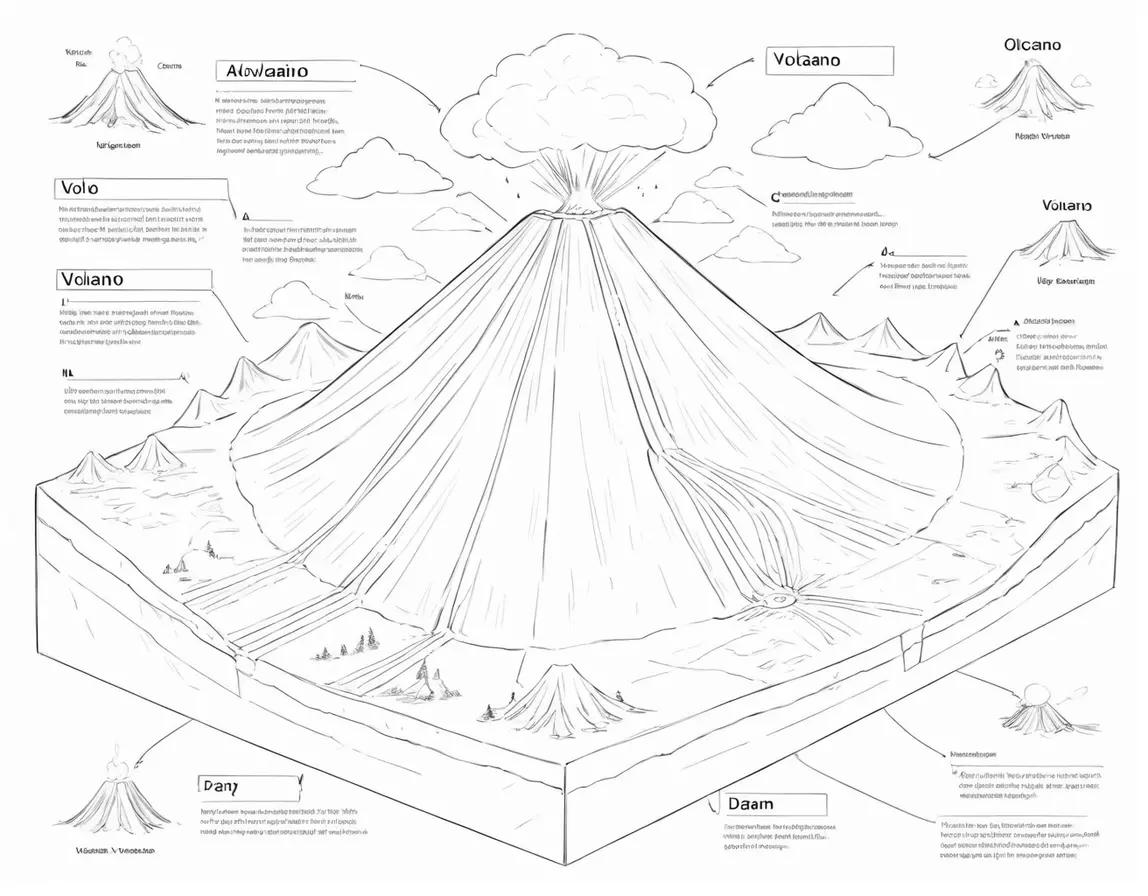
Definition: Magnetism is the property of certain materials to attract or repel each other. It arises from the alignment of atomic or molecular magnetic moments within a substance, creating magnetic fields.
Origin of Magnetism: At the atomic level, magnetism results from the spin of electrons within atoms. When the magnetic moments of these electrons align, a magnetic field is generated.
Types of Magnetism:
Ferromagnetism: Ferromagnetic materials, like iron and nickel, exhibit strong and permanent magnetism. The alignment of atomic magnetic moments persists even after the external magnetic field is removed.
Antiferromagnetism: In antiferromagnetic materials, adjacent magnetic moments align in opposite directions, resulting in a cancellation of the overall magnetic field.
Ferrimagnetism: Ferrimagnetic materials, such as magnetite, feature opposing magnetic moments, but the magnitudes are unequal, leading to a net magnetic moment.
Diamagnetism: Diamagnetic materials, including most substances, exhibit a weak and temporary repulsion to magnetic fields. This effect arises from induced magnetic moments that oppose the external field.
Magnetic Fields and Lines of Force:
Magnetic Fields: A magnetic field is the region around a magnet where its influence is felt. Magnetic fields are depicted by magnetic lines of force, extending from the north pole to the south pole outside the magnet.
Lines of Force Pattern: The lines of force reveal the shape and intensity of a magnetic field. They always form closed loops, never intersect, and are denser near the poles, illustrating the stronger field intensity.
Earth’s Magnetic Field:
Geomagnetism: Earth itself behaves as a giant magnet, generating a magnetic field. The Earth’s magnetic north and south poles are not aligned with its geographical poles, leading to the concept of geomagnetism.
Magnetic Declination: Magnetic declination is the angle between true north (geographical north) and magnetic north. It varies across the globe and is essential for navigation using magnetic compasses.
Magnetic Materials and Domains:
Magnetic Domains: In ferromagnetic materials, magnetic domains are regions where atomic magnetic moments are aligned. When these domains align, the material becomes magnetized. External factors, like temperature, can influence domain alignment.
Permanent Magnets: Materials like neodymium and samarium-cobalt retain strong magnetic properties, making them ideal for manufacturing permanent magnets used in various applications, from speakers to medical devices.
Electromagnetism:
Electromagnetic Fields: When an electric current flows through a conductor, it generates a magnetic field around it. This phenomenon is known as electromagnetism, and the strength of the magnetic field is directly proportional to the current.
Solenoids and Electromagnets: A coil of wire, known as a solenoid, produces a magnetic field when an electric current passes through it. Enhancing this effect by adding a ferromagnetic core creates a powerful electromagnet with applications in industries and technologies like electric motors.
Magnetic Induction:
Faraday’s Law: Magnetic induction is the process by which a changing magnetic field induces an electromotive force (EMF) in a conductor. This principle, articulated by Faraday’s law, forms the basis for the functioning of generators and transformers.
Applications: Magnetic induction is harnessed in numerous applications, including power generation in electrical generators, wireless charging in modern devices, and magnetic stripe technology in credit cards.
Magnetic Force on Moving Charges:
Lorentz Force: A charged particle moving through a magnetic field experiences a force perpendicular to both its velocity and the magnetic field direction. This phenomenon, known as the Lorentz force, is fundamental in understanding the behavior of charged particles in magnetic fields.
Applications: The Lorentz force is utilized in devices like cathode-ray tubes (CRTs) in televisions, where charged particles are manipulated by magnetic fields to create images on screens.
Magnetic Resonance Imaging (MRI):
Medical Imaging: Magnetic resonance imaging (MRI) is a non-invasive medical imaging technique that exploits the magnetic properties of hydrogen atoms in the body. By subjecting the body to strong magnetic fields and radiofrequency pulses, detailed internal images are produced.
Clinical Applications: MRI is widely employed for diagnosing various medical conditions, including neurological disorders, soft tissue injuries, and cardiovascular diseases, providing high-resolution images without the use of ionizing radiation.
Magnetic Levitation:
Maglev Technology: Magnetic levitation (maglev) is a technology that uses magnetic fields to lift and propel objects, eliminating the need for physical contact or friction. Maglev trains, for example, float above the tracks, reducing friction and enabling high-speed travel.
High-Speed Transportation: Maglev technology holds promise for revolutionizing transportation with its potential for high-speed trains that glide smoothly, reducing travel time and energy consumption.
Magnetism is a force that permeates the fabric of our existence, influencing everything from the alignment of compass needles to cutting-edge medical imaging technologies.
The principles of magnetism, from the alignment of magnetic moments to the applications of electromagnetic induction, showcase the diverse and transformative nature of this force. As our understanding of magnetism continues to deepen, so too does our ability to harness its power for innovations that shape the present and hold promise for the future.



















